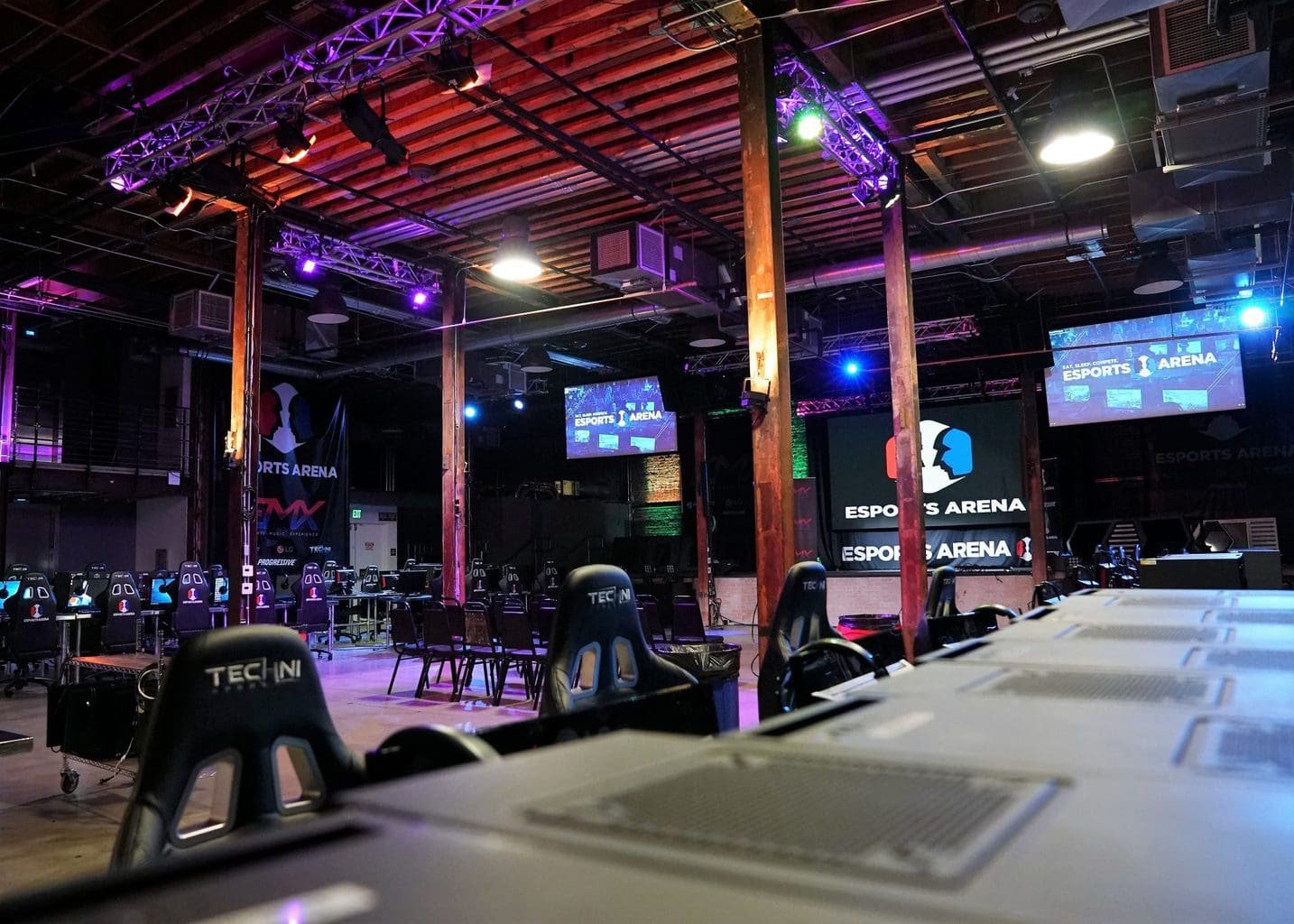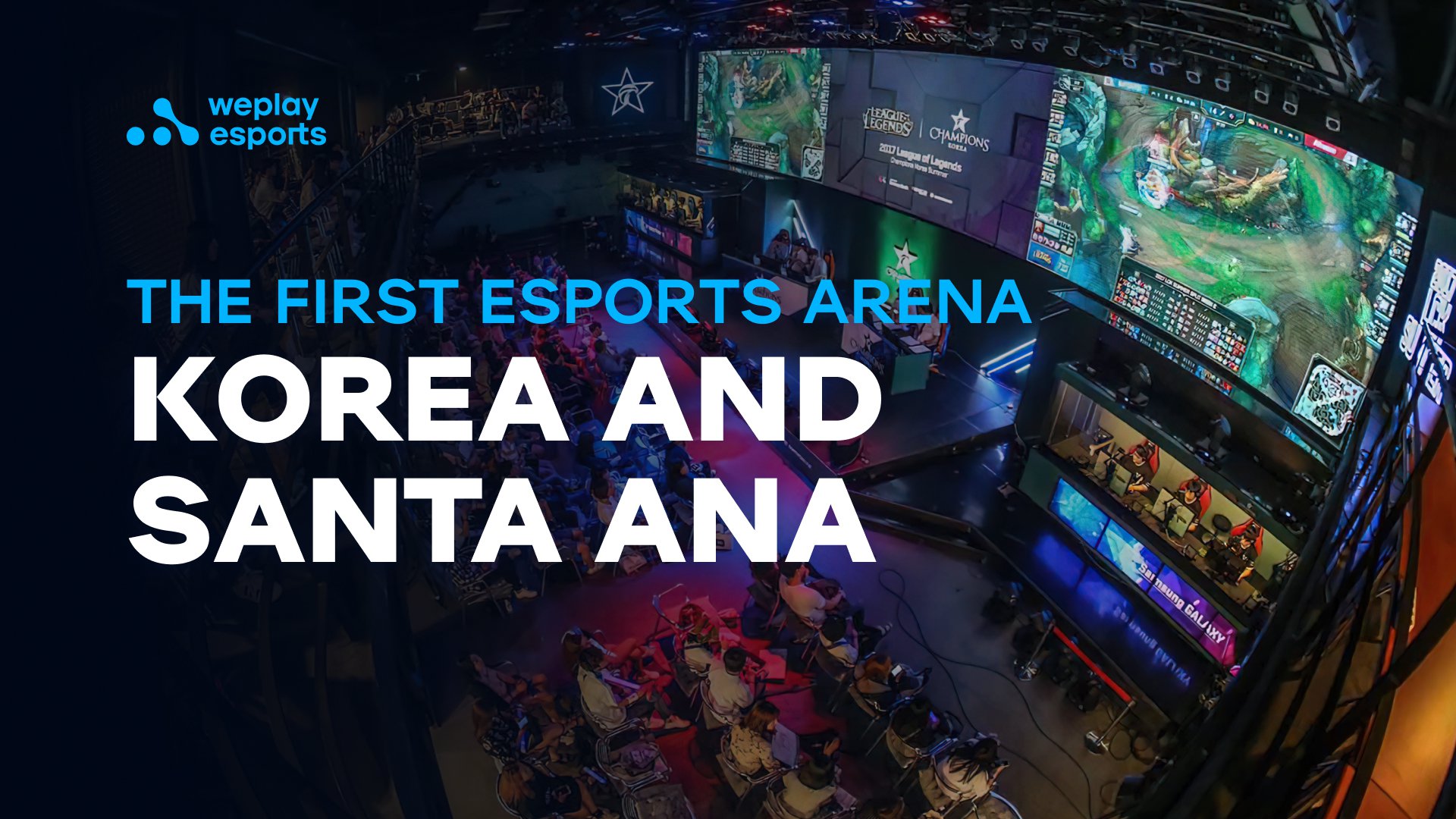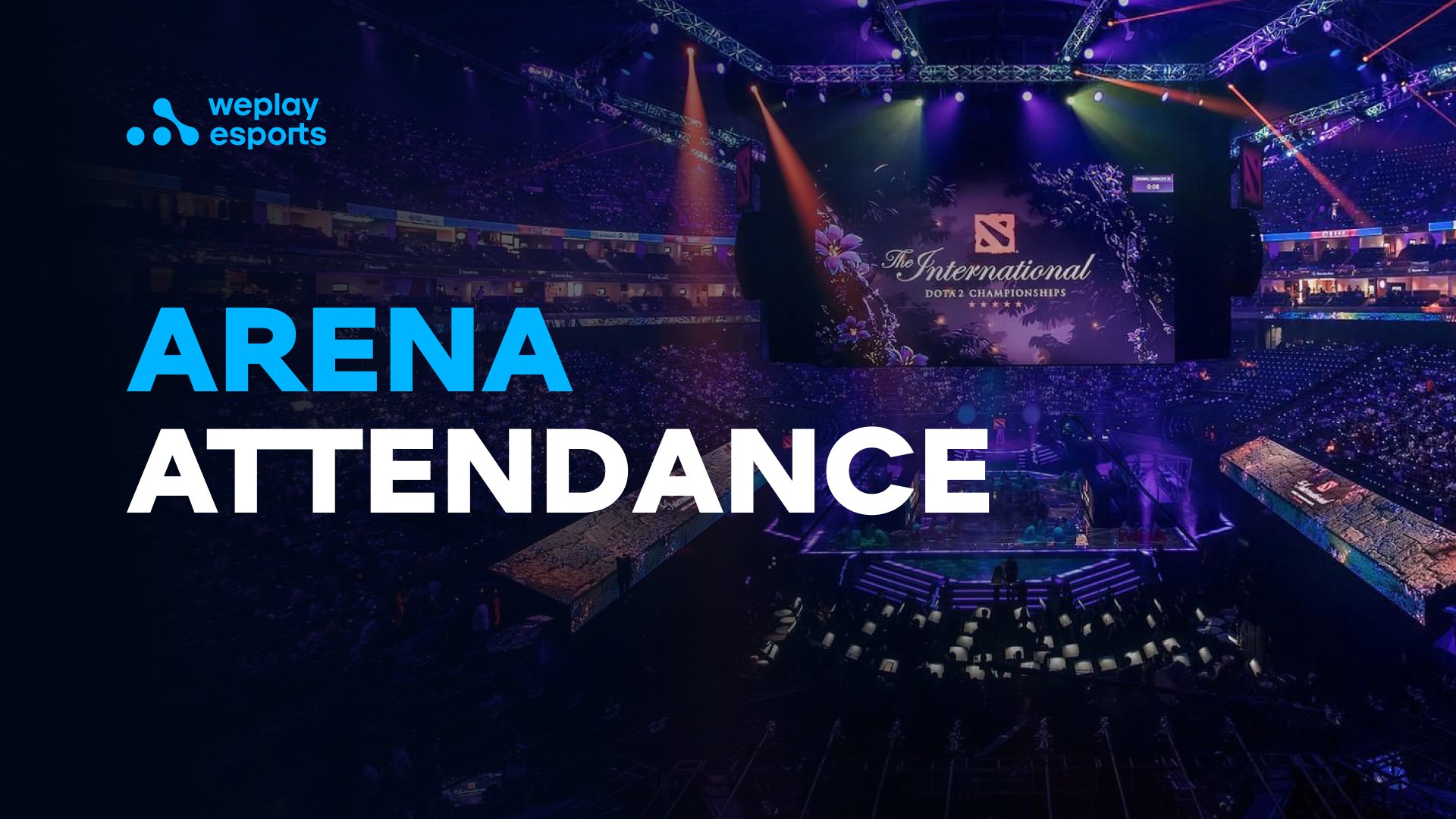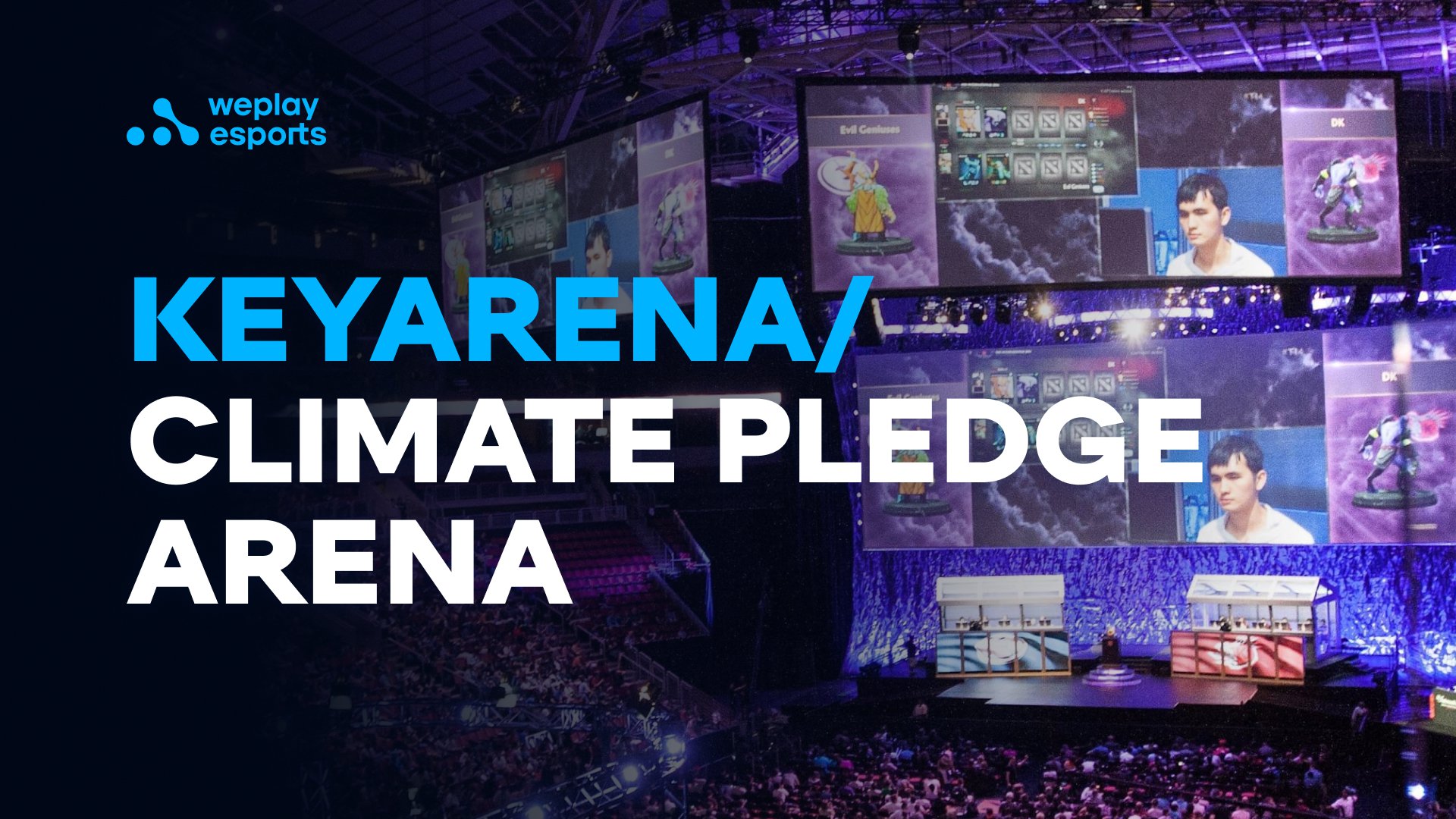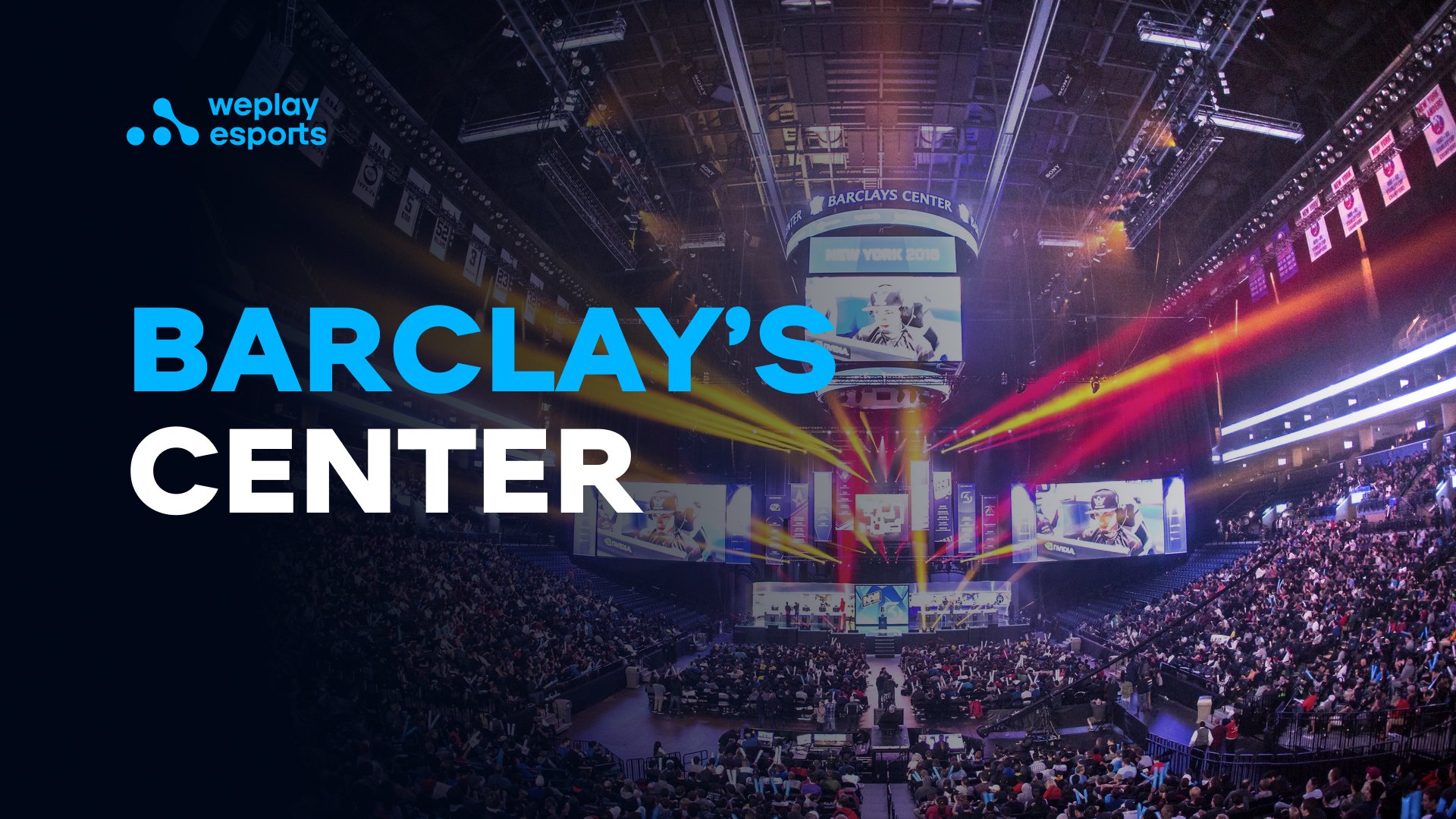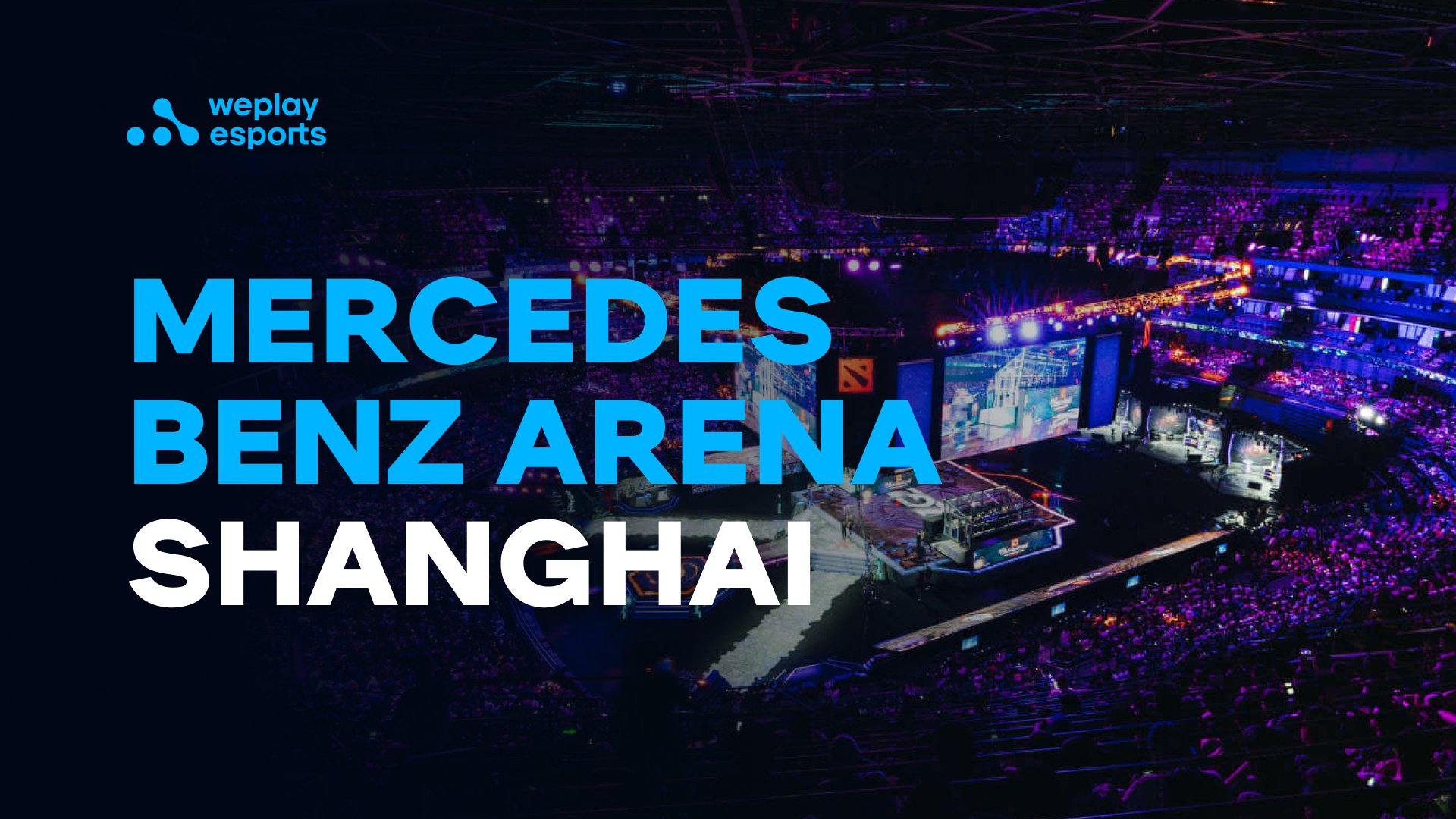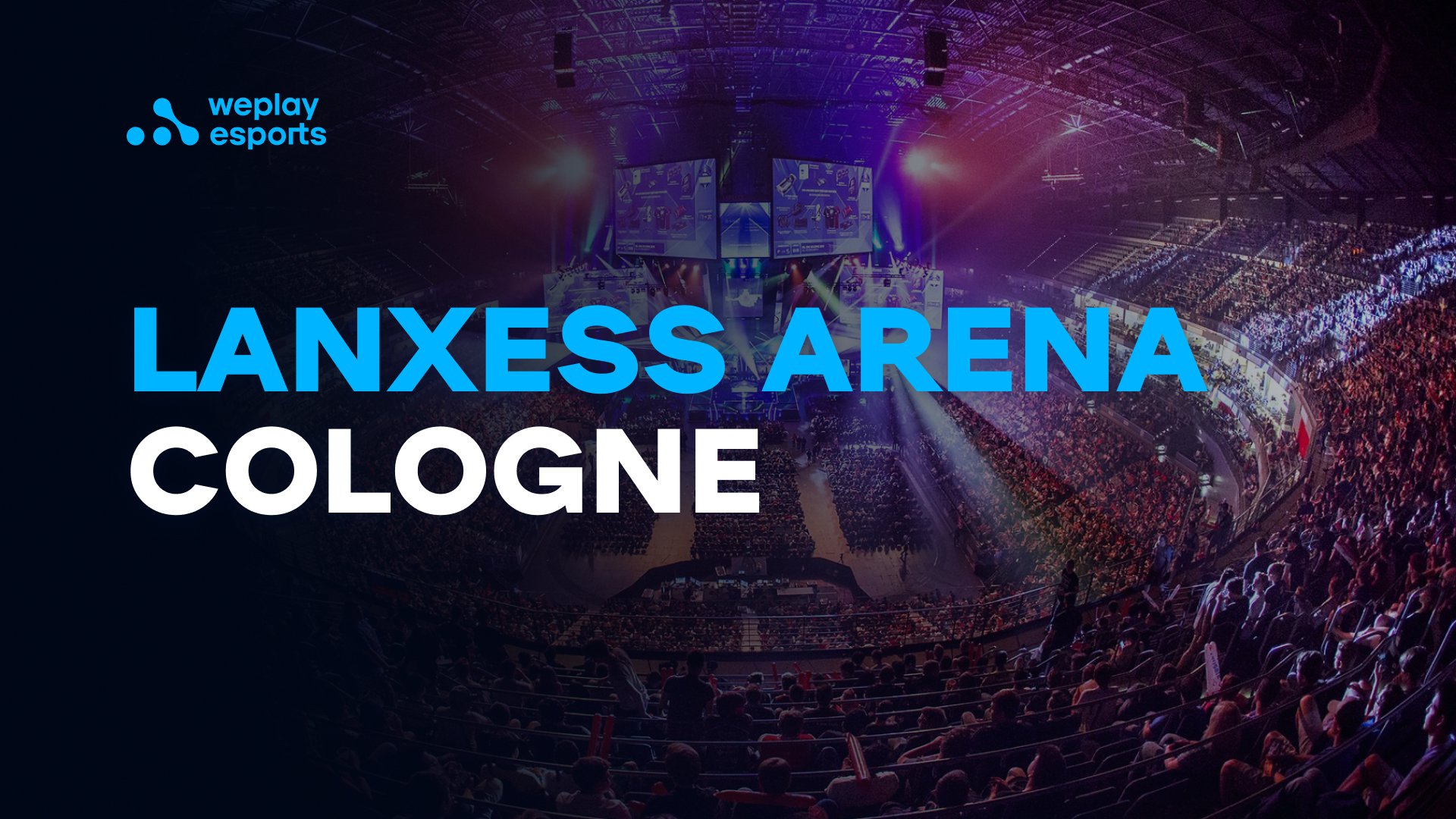July 26, 2021
Esports Gaming Arenas: what are they? Which are the most famous?
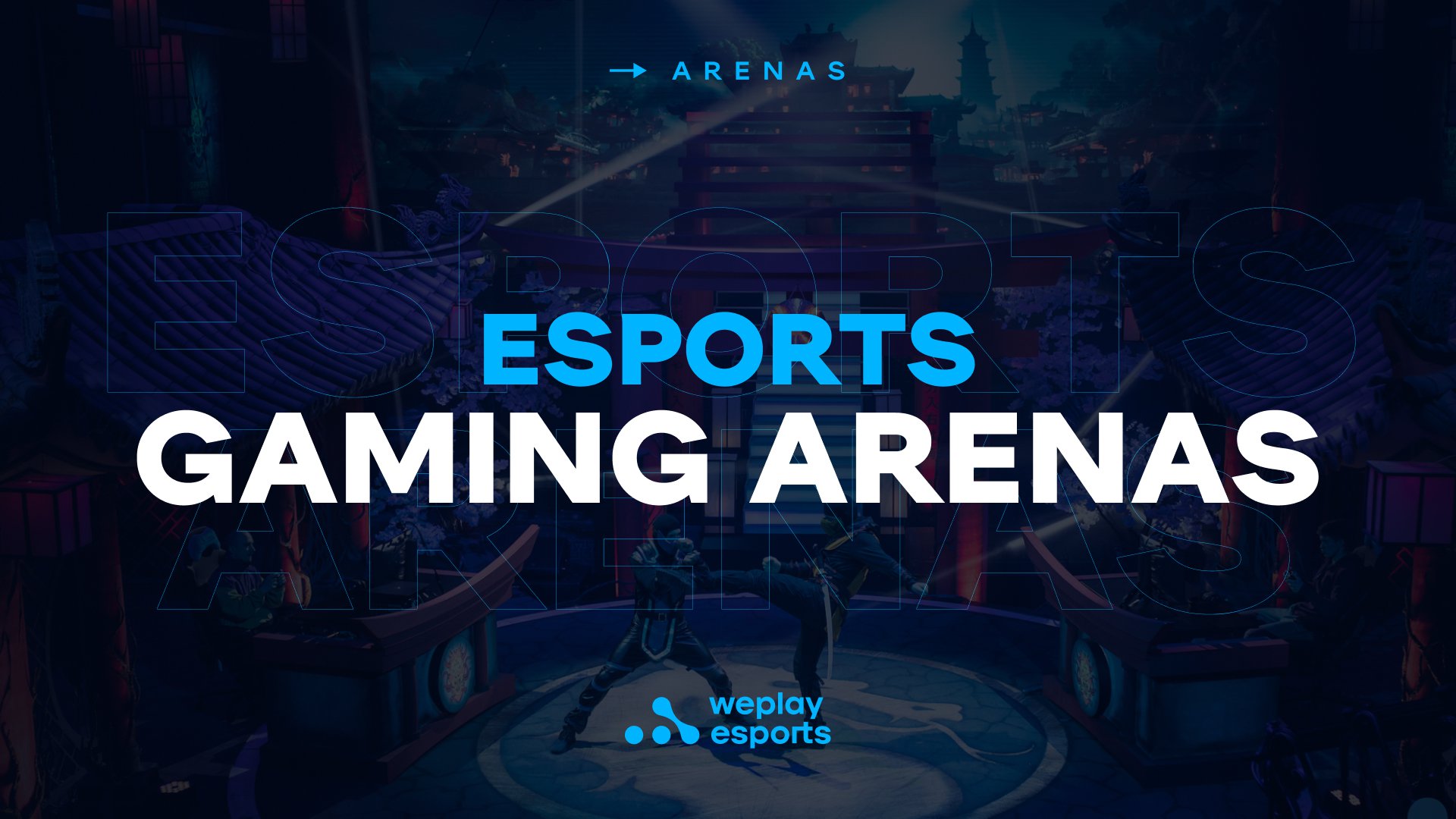
6 min read
Ask almost any sports fan and they’ll tell you how fun watching sports in-person can be. There’s a certain electricity to the crowd that just gets you hyped up unlike anything else. A win in an arena is so much sweeter than alone at your computer desk.
So let’s talk about everything you, as an esports fan, should know about gaming arenas.
Esports Events
In the early days, esports competitions were few and far between. There might have been annual championships, like some of the big NES tournaments held by Nintendo, but not much else.
Esports is not like that anymore. These sports have seasons and sponsored teams and brand deals and multi-million dollar tournaments multiple times a year. There are even players who’ve earned ten-of-millions in a few years of their professional career (especially if they play in the top leagues of DOTA 2).
Alongside the rewards and matches getting more extravagant, so have the events themselves. In the beginning, esports tournaments were held in laboratory basements, malls, maybe the Star Trek Theater if you’re lucky (looking at you, Nintendo World Championships 1990).
Now held in huge arenas, thousands of fans clamor in and enjoy the esports experience together. And they aren’t just renting out conference centers or traditional sports arenas every time, either. There are dozens of esports-specific arenas made to house these exhilarating events across the globe.
However, even if esports rent out other associated arenas, the video games still have the power to fill those seats. Riot Games held The 2014 LoL World Finals in the Sangam World Cup Stadium in Seoul, which seats over 60,000 people. Despite customarily being used for football matches, the esport event sold out every single seat.
The First Esports Arena - Korea and Santa Ana
As far as the entire world goes, the first esports arena popped up in none other than Korea, the early adopting hotspot for competitive video gaming. In 2005, KeSPA built the first esports arena. Constructed in the Yongsan district, this entire area of Seoul is well-known for its esports scene, eventually having a handful of other esports arenas around the same area.
However, the first dedicated esports arena in North America was built in Santa Ana, California. The stadium was small-scale, only holding around 1,400 people. For 2015, though, it was a serious step forward for America’s growing esports industry. Before then, esports only ever rented out spaces from other event-holders, but this one was made for esports first.
Only 4 years later, one of the first team-specific arenas started construction in Philadelphia, Pennsylvania. The owners of Overwatch League’s Philadelphia Flyers, Comcast, decided to create an esports arena for the area. It would function as a new-age arena as well as training and coaching space for their team. The so-called “Fusion Arena” is an ambitious $50 million project plan and will seat 3,500 people (the largest dedicated esports arena in the US). It has faced many delays the past few years, but once built, it will be in an essential part of town, near the Wells Fargo Center and the Citizens Park Bank.
Arena Attendance
Esports have tremendously impressive viewership stats, peaking at 60 million for the LoL Mid-Season Invitational in 2019. However, if you’re only counting in-person viewers, the stats are still impressive. They held the finals at the Taipei Arena, which houses over 15,000 people. That’s the same as a mid-tier baseball stadium!
From there, the esports events just keep getting larger and larger.
In 2020, League of Legends planned to hold their 2020 Worlds event at the humongous Shanghai Stadium, which has over 50k seats. However, the health situation forced Riot Games and the event organizers to downsize that to a spread-out 6k for safety reasons. As the world opens up, esports events plan to be back and bigger than ever.
Top Five Arenas
While there are dedicated esports arenas out there, they are often much smaller, and esports organizers use them for moderately-sized events throughout the year. The arenas that are known for huge numbers and championships, though, are often multi-purpose arenas around the world.
KeyArena/Climate Pledge Arena
The multi-year home of the DOTA 2 Invitational, this arena is iconic to fans. It also hosted the Seattle Storm WNBA team, Seattle University Men’s Basketball, and a roller derby league. Its seats can hold up to 17k+ attendees. However, in 2018 it was closed for redevelopment and has now been renamed the Climate Pledge Arena. The refurbished area should reopen in June 2021.
Barclay’s Center
A multi-purpose arena in New York’s Brooklyn area, the Barclay’s Center has a long history of wrestling, hockey, basketball, and music. However, this space also held ESL One New York from 2016-2019 and also showcased the inaugural Overwatch League Grand Finals in 2018. With 17,000 seats, it’s a New York gem with a flair for esports.
Mercedes Benz Arena Shanghai
The Mercedes Benz Arena in Shanghai is somewhat newer to the esports scene, but they’ve held some serious events there. For example, its 18k+ chairs were filled with DOTA 2 fans for the 2019 International and the 2016 Shanghai Major. While organizers often used this space for concerts, it has great potential as an esports hotspot.
Laxness Arena Cologne
An average sports fan probably knows this area for football, UFC, and handball. However, an esports fan will have fond memories of the iconic ESL and CSGO tournaments. In 2015, it opened its doors to competitive video gaming with the ESL One Cologne, a recurring event on the ESL scene. After all, in 2021, the 20,000 seats will welcome fans for ESL Cologne 2021.
Sangam Stadium
This stadium is revered for its football fields, holding several FIFA World Cups and the 2013 AFC World Championships. But, as is typical of Korea, their doors are also open for esports. They held a fantastic LoL Worlds in 2014 as well. With 66k+ seats, Sangam Stadium is an impressive sight to behold.
Biggest Esports Events
There are so many stats around the internet about how huge the LoL Mid-Season Invitational was in 2019. However, a lot of esports viewership stats are biased by the fact that streaming is such a crucial part of the scene.
However, even esports still has some stunning in-person stats.
Throughout two weekends, 173,000 LoL lovers attended the Intel Extreme Masters World Championship in 2017. This giant horde of people attended in person, but the event also had an impressive 46 million steaming viewers.
Esports may not have American Football numbers quite yet, but they’re already starting to beat out the top sports worldwide. They’re really starting to give baseball a run for its money.
How Do Esports Arenas Make Money?
The average esports gaming arena makes money much like any other arena. On a basic level, they get money from booking different events and ticket sales. Beyond that, though, their monetary system is based on traditional sports staples- sponsorships, brand deals, and advertisements.
One unique thing about esports, though, is that instead of being fine-tuned for television broadcasting, they focus more on being optimized for streaming. In a video recording sense, it’s not much different, but esports arena broadcasters often have to interact with Twitch chat and other streaming staples.

